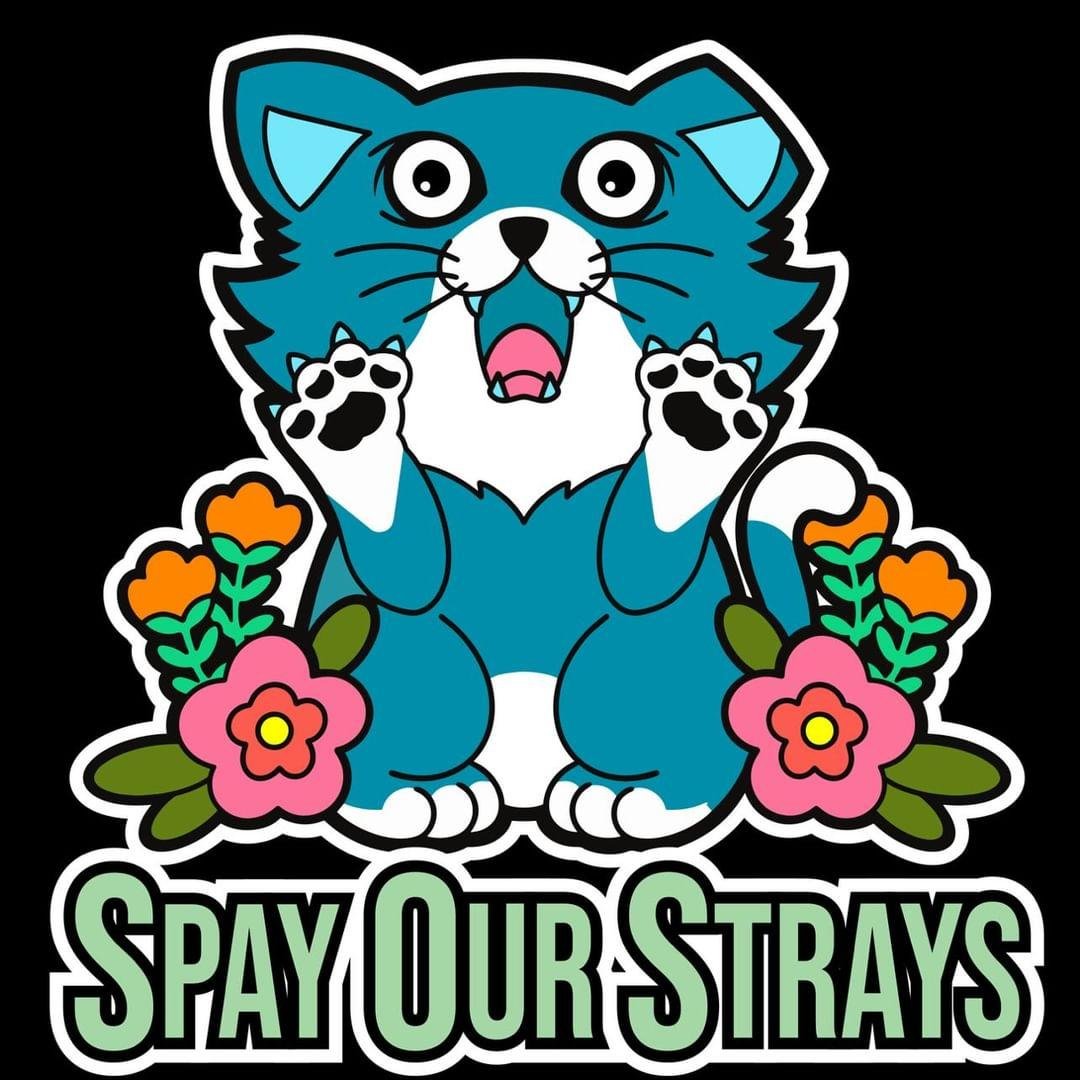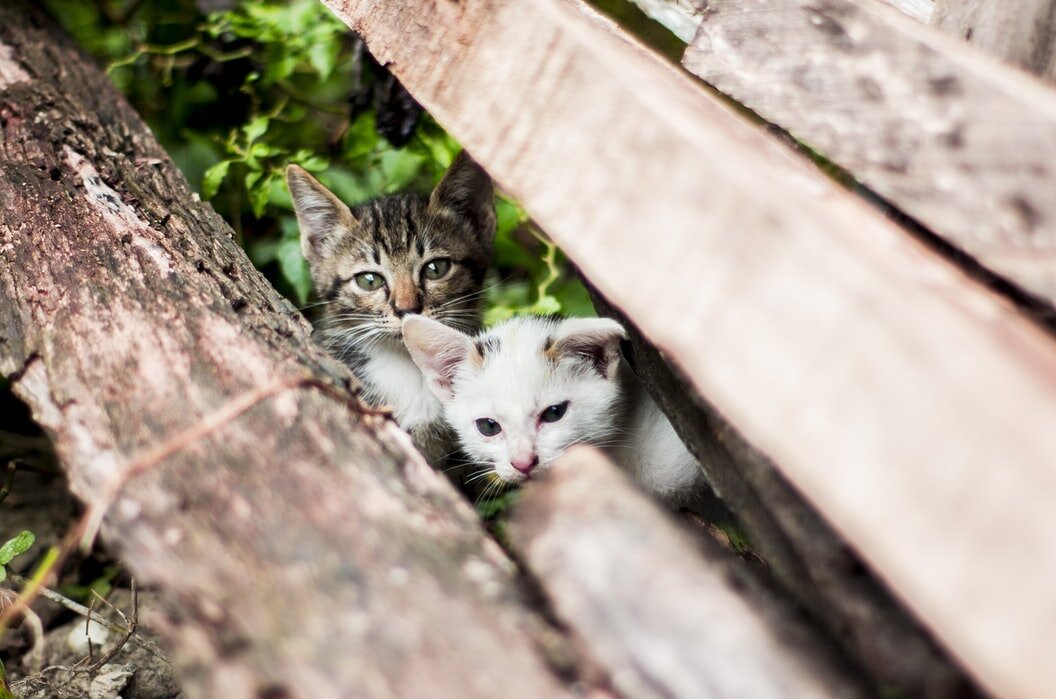What is TNR?
The basic strategy of Trap-Neuter-Return (TNR) is to identify a community cat or colony of community cats, humanely trap them, spay/neuter and vaccinate them, then return them to their original environment with a human caregiver committed to feeding and sheltering them.
Benefits of TNR
Reduces colony sizes over time. By neutering and spaying cats within a colony, they do not reproduce and add new kittens to the colony. As the adult cats naturally age and pass away, the colony's size drops naturally and humanely over time.
Reduces the stress of mating and reproduction in colony females. There are several health risks to colony females from constant mating and pregnancy. TNR provides them better overall health by reducing the number of their lifetime pregnancies.
Reduces mating behaviors among colony males. TNR helps reduce colony male behaviors like fighting, yowling and urine spraying. For the colony and the community, this is a huge benefit!
Read more on Alley Cat Allies →
Why TNR Works
Community cats are primarily the result of pet owners’ abandonment or failure to spay or neuter their animals, allowing them to breed uncontrolled. Community cat “colonies” can often be found behind shopping areas or businesses, in alleys, parks, abandoned buildings and rural areas.
Removal of community cats from a site creates a “vacuum effect,” wherein new cats will colonize at the same site due to the availability of food and shelter. Removal is not the answer.
Studies have proven that trap-neuter-return (TNR) is the single-most successful method of stabilizing and maintaining healthy community cat colonies with the least possible cost to local governments and residents.
Read more about the scientific studies on TNR on the Alley Cat Allies website →



